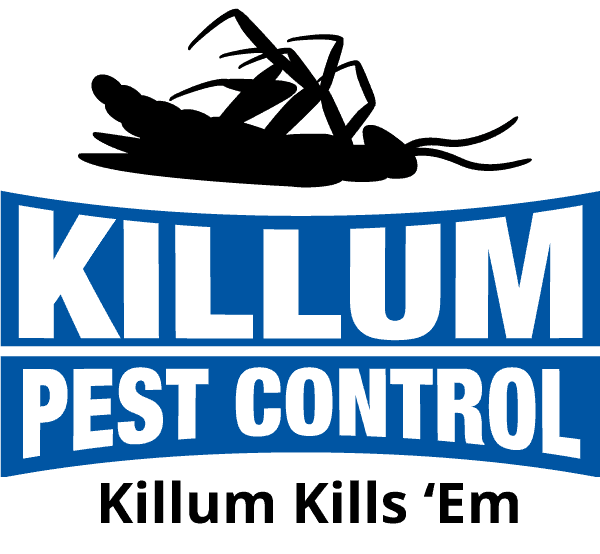 It’s important to be aware of carpenter bees because of their habit of boring into wood. If untreated, carpenter bees can cause damage to the structural wood of homes and businesses. Unlike other bee species that live in colonies, carpenter bees are solitary insects and prefer to build individual nests in trees outdoors or the frames, eaves or sides of buildings.
It’s important to be aware of carpenter bees because of their habit of boring into wood. If untreated, carpenter bees can cause damage to the structural wood of homes and businesses. Unlike other bee species that live in colonies, carpenter bees are solitary insects and prefer to build individual nests in trees outdoors or the frames, eaves or sides of buildings.
Additionally, larvae developing in nest tunnels can attract woodpeckers, often causing more damage to the tree or structure where the carpenter bees have chosen.
Spot the Differences Between Carpenter Bees and Bumble Bees
Many home owners tend to confuse carpenter bees with bumble bees. But there are a few key differences that can help distinguish between the two.
Like bumble bees, carpenter bees are pollinators and can be found in and around flowers in your yard. However, unlike bumble bees, carpenter bees nest in tunnels chewed into wood and are often times seen going in and out of holes in wooden siding, decks, fence posts, or other wood that may be lying around.
On the rear legs, female carpenter bees have a dense brush of hairs, whereas female bumble- bees have large pollen baskets. Although their size and color are very similar, carpenter bees have smooth, shiny black abdomens without fuzz while bumblebees tend to be fuzzy all over. This is likely the most defining aspect of their appearance. Carpenter bees can also be black with blue, purple or green iridescent coloring.
Nesting
Adult carpenter bees spend Winter in abandoned nest tunnels and emerge in mid to late spring. After mating, the female locates a suitable nest site and begins by chewing a perfectly round entrance hole into the wood. She then excavates tunnels about five inches long that are provisioned with balls of pollen to serve as food for the larvae, and the tunnels are sealed. The larvae feed and develop in the tunnels before emerging as adults in late summer and the process begins again. Mated females may enlarge and reuse old nest tunnels for egg-laying or excavate new tunnels.
Behavior
You will encounter male carpenter bees more frequently than female bees. Male carpenter bees can be territorial, but do not have a stinger. Female carpenter bees do sting. But this is rare and requires provocation.
Detection
There are several signs that you may have a carpenter bee problem:
- The appearance of small holes on the side of home or building
- Scratching sounds that seem like they’re coming from the inside of your walls.
- Wood shavings that looks like saw dust on the ground
Prevention
Since carpenter bees prefer bare wood, painting and staining wood can sometimes deter them. Other ways to prevent carpenter bees from settling is to seal cracks and crevices in wood, especially any areas that appear to have carpenter bee damage from previous seasons.
If you notice signs of carpenter bees, give us a call at 281-297-9993 or 979-297-9993. Killum can rid your home of these insects so that you can rest easy this Summer.





